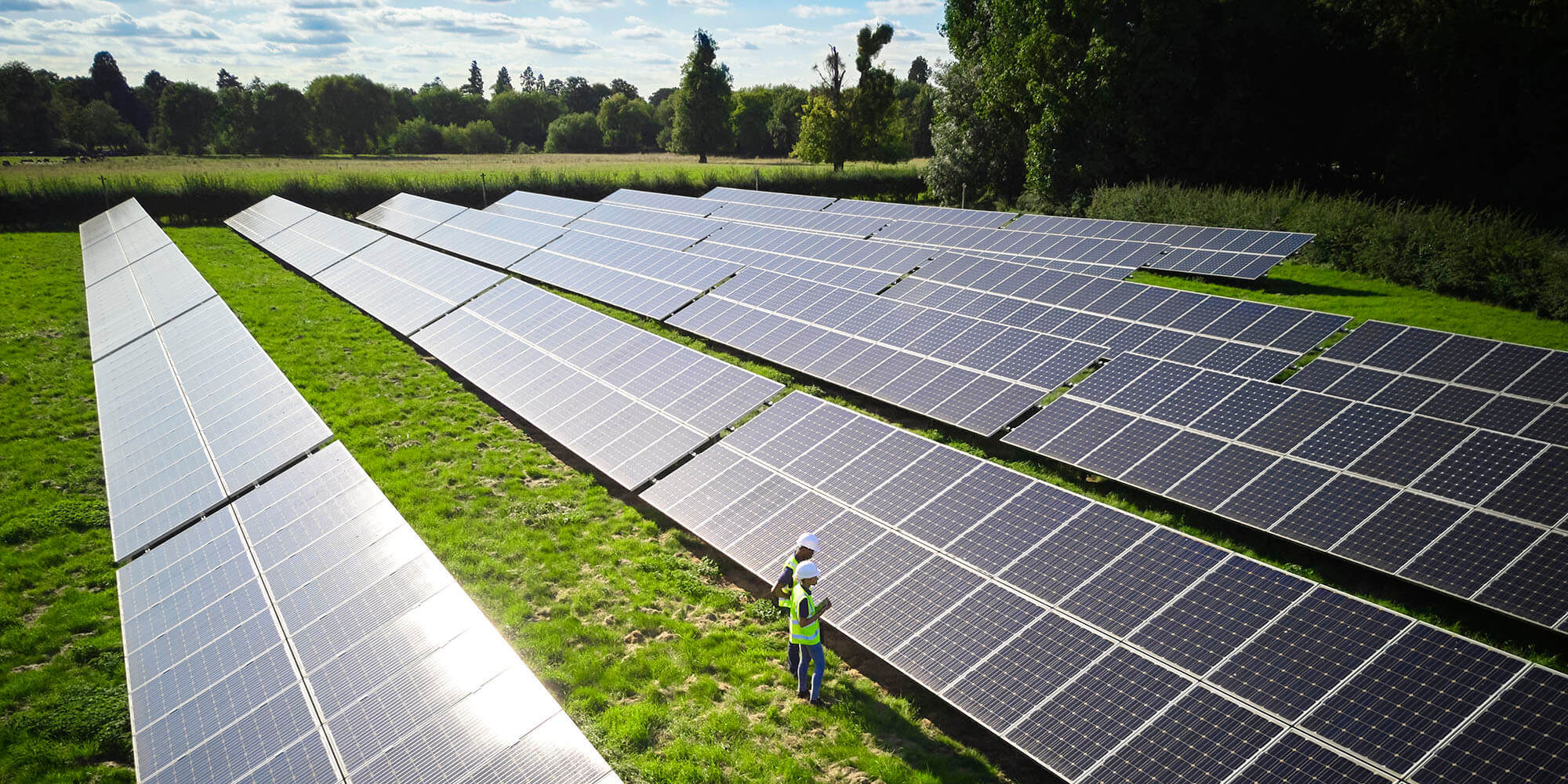Financing instrument and amount
USD 600 million from green bonds
Background
Kommuninvest is a government loan agency in Sweden. It was established in 1986 to provide local and regional governments with more cost-efficient and sustainable ways of financing than commercial banks – at the time the only source of external funding. One of Kommuninvest’s key approaches is to raise capital through bond issuance, wherein it would obtain economies of scale (and cost-efficiency) by aggregating funding needs of local governments under a joint funding vehicle.
Approach
In June 2015, Kommuninvest started providing green loans for local government investment projects promoting Sweden’s transition to a sustainable society. Eight project categories were established, including renewable energy, energy efficient, green buildings, clean transportation, waste management, water and wastewater management, climate change adaptation, and environmental management in areas other than climate change.
To be eligible for the green loans, projects must meet pre-defined sustainability criteria outlined in Kommuninvest’s Green Bonds framework. The green loans are aggregated into green loan portfolios, and Kommuninvest’s green bonds are issued with the commitment to allocate bond proceeds to the portfolio.
Results
On 15 March 2016, Kommuninvest issued its inaugural green bond with a size of USD 600 million from dedicated green investors (67%) and mainstream investors (33%), and had a green loan portfolio of USD 1.1 billion, with committed funding for 25 investment projects in 18 Swedish municipalities.
By combining single green loans into an aggregated portfolio of green loans, Kommuninvest was able to help municipalities access the capital market and raise funds for projects that would have otherwise not been feasible for various reasons (e.g. insufficient volume, lack of resources, and skills). The smallest project funded by Kommuninvest through the bond issuance was a project with a green loan of SEK 5 million (USD 0.6 million), while the largest project had a loan of SEK 2.5 billion (USD 300 million).
Key Learnings
Green bonds can be used to support projects of varying sizes through an aggregated portfolio.
By aggregating single green loans into a portfolio, Kommuninvest is able to help municipalities access the capital market and finance green projects of varying sizes.
Assurance on the types of projects being financed.
Kommuninvest’s green loan approval process that precedes the green bond funding, provides investors with assurance that the type of projects green bond will finance are based on robust and well-defined eligibility criteria.
Risk-mitigation strategies to enhance investor interests.
Kommuninvest’s green bonds are linked to local government lending, rather than specific projects, thus investors are not required to take on direct project credit risk. The triple-A credit quality of the green bonds is also the same as any other Kommuninvest bonds.
Sources
- Kommuninvest (n.d.). Green Bonds. Available at: https://kommuninvest.se/eng/homepage/investors/funding/fundingprograms/outstandingbondsandfinalterms/greenbonds.4.35de2c7b1900fda7e62576f.html
- Kommuninvest (2021). Green bonds framework. Available at: https://kommuninvest.se/download/18.35de2c7b1900fda7e62e7b0/1719409479334/Kommuninvest_Green%20Bond%20Framework-FINAL240626.pdf
- ADB Institute. Green Bond Experience in the Nordic Countries. Available at:https://www.adb.org/sites/default/files/publication/408336/adbi-wp816.pdf




